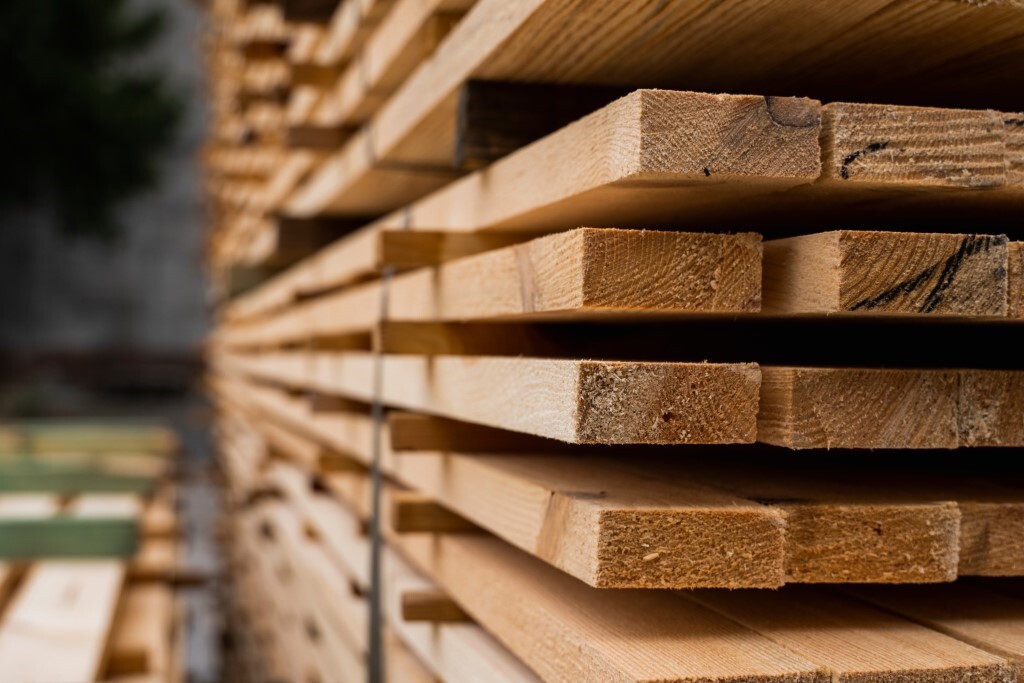
Construction projects involve lots of planning and preparation. You'll ask yourself several questions. 'Where will I erect the structure?' 'When should I start building?' Additionally, 'What materials should I use?'
Most homeowners might choose tried-and-tested concrete, steel, or wood. Some would grab whatever's in their nearest hardware store for a small project. But contemporary materials have undergone a revolution for the better, especially for those who enjoy DIY home improvements.
Modern construction materials come benefits everyday builders, hobbyists, and homeowners. Keep reading to know what these perks are.
1. Durability and Light Weight
If you've had to lug massive planks of wood around for construction, you know how heavy they can get. Modern engineered materials like fiberboard, cellular PVC, and lightweight concrete make construction more manageable.
Being light doesn't mean being weak. Innovative construction materials are easier to lift, cut, and maneuver but stay strong. For example, the modern plywood you can find at cutwrights.com is durable yet lightweight, ideal for high-traffic areas in the home.
If you like to work solo on small-scale projects, you need durable materials that won't strain your body. Modern iterations of traditional construction implements address that.
2. Moisture and Mold Resistance
Many contractors and homeowners are concerned about how well structures resist moisture damage. Mold growth is another issue, especially in areas with high rainfall and humidity. This problem is common in untreated wood or basic drywall.
Modern construction materials are developed with moisture in mind. Newer cement boards for bathroom walls or composite decking can shrug off water and prevent mold and mildew from reproducing.
These building materials thrive in damp environments. That means fewer repairs and a longer-lasting finish. Your kitchen, bathroom, or anything you build outdoors will stand firm against the elements.
3. Better Energy Efficiency
You don't have to redo your windows or replace your entire roof to improve your home's energy efficiency. Insulated panels or reflective materials, even in a backyard shed or a sunroom extension, can help regulate temperature.
Innovative construction materials with thermal insulation features keep spaces cooler during summer and warmer in colder months. You can also expect lower energy bills. You won't notice the big shift immediately, but you'll gradually feel the difference in comfort and cost.
4. Pest and Fire Resistance
A little spark or pesky termite could cause major structural damage. That's why the construction industry is turning to building materials resistant to fire and pests.
An example is fiber cement siding that won't feed flames like regular wood. Another is treated lumber that deters termites without extra sprays. Some labs are even testing synthetic spider silk as an alternative for fire-resistant or structural reinforcement. These details are important, especially in areas prone to wildfires, heat waves, or pests.
5. Enhanced Indoor Air Quality
Good indoor air quality is essential for any structure, especially ones with tight spaces. However, many traditional building materials release volatile organic compounds (VOCs). These compounds can cause allergic reactions or irritation, which is why they're a significant concern.
Modern construction materials come with low-VOC or no-VOC labels. Some even proactively protect your home, such as pollution absorbing bricks. If you're painting, installing flooring, or working with adhesives, you can choose safer options that won't leave a pungent chemical smell.
Consider using materials that improve indoor air quality or prevent harsh chemicals from staying in your home. They're beneficial if you have kids, pets, or sensitive lungs.
6. Design Flexibility
Some of today's building materials are designed to bend or curve without breaking or losing strength. That makes it easier to create furniture, panels, or features that don't follow a standard form.
Certain resins, thermoplastics, and flexible composites can be customized with heat or simple tools. You don't need a factory setup to get results that look like expert construction workers made it.
Nowadays, even hobbyists can produce flexible yet durable construction materials. 3D printing gives you precise control over form and function in small-scale projects.
7. Reduced Environmental Impact
Many homeowners these days are prioritizing sustainable homes. However, some conventional materials may not be responsibly sourced.
Modern architecture may utilize reclaimed wood, bamboo-based panels, or recycled plastic lumber. These materials help reduce your project's environmental footprint and encourage sustainable construction. Options like self-healing concrete also lessen the need for recurring repairs to waste time and more materials.
Even a small project has an environmental impact. So, your choices matter. It feels good to know you're working with materials that aren't harming the planet.
8. Faster Project Completion
Most people want to finish projects as soon as possible. While weather, location, and workload affect that, materials are also a significant factor.
If you want to complete your projects faster, modern materials would be ideal to have. They usually come in forms that are easier to work with. Options like interlocking floor planks or click-together cabinets are time-saving elements that make projects smoother.
Conclusion
The construction industry continues to adapt to create strong, flexible, and sustainable structures. So, why not do the same? Using modern construction materials could streamline a challenging project, among other benefits.
When starting a new project, look for providers of the latest building materials. You can improve comfort, safety, health, and performance with many affordable options available.







